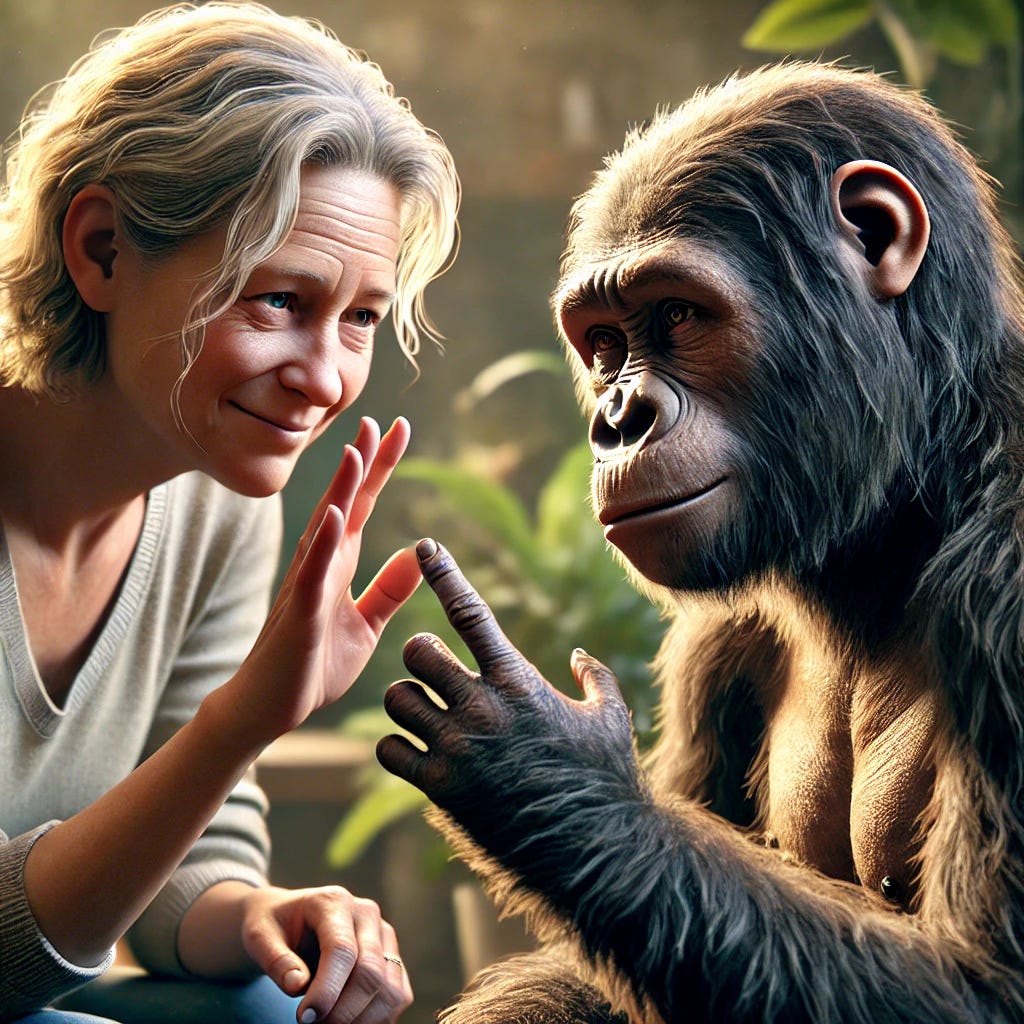The Subconscious Mind: Exploring the Roots of Thought and Consciousness
Unformed Awareness, Subconscious Processes, and the Limits of Language in Understanding Thought
Introduction
Thought and consciousness remain among the most profound mysteries of human experience. While thought is often regarded as a distinct facet of consciousness, its precise nature eludes definition. Despite the significant efforts of neurologists and cognitive scientists, the mechanics and origins of thought remain enigmatic, especially in its pre-verbal or subconscious forms. This complexity is compounded by our reliance on metaphorical language to describe phenomena that precede awareness or structured cognition. Concepts like "subconscious" and "inchoate" attempt to bridge this gap, but they reveal the limitations of our linguistic tools rather than provide definitive clarity. This essay explores these elusive states—how thought operates beneath the surface of awareness, the role of language in shaping conscious experience, and the implications for understanding animals, infants, and the pre-linguistic mind.
Discussion
At its core, thought is deeply intertwined with language, yet it cannot be reduced to it. Language serves as a medium for expressing and structuring thought but is not the essence of thought itself. Processes like inner speech, visualization, and sensory perception assist in thinking but do not encompass it. Thought can occur in a nascent state, referred to as "inchoate," where awareness exists without the full articulation of words, images, or emotions. This state is familiar to anyone who has "fished for words" or felt the stirrings of an idea just out of reach.
However, inchoate thought is only one piece of a larger puzzle. Beyond it lies a deeper, more elusive realm—subconscious thought. This is thought without awareness, a state where the brain processes information in ways that are inaccessible to conscious introspection. Evidence of subconscious thought is seen in experiences where solutions to problems emerge after sleep or moments of rest, suggesting that significant cognitive work occurs "beneath the covers," outside conscious control. Neurological studies have begun to shed light on these processes, revealing patterns of brain activity that challenge intuitive notions of how thought and decision-making unfold.
The implications of these ideas extend beyond humans to animals and pre-linguistic beings. Infants, for example, clearly exhibit consciousness despite lacking developed language skills, indicating that thought and awareness can exist without verbal expression. Similarly, animals demonstrate behaviors and neurological patterns that strongly suggest varying degrees of consciousness. While the philosophical notion of "p-zombies"—beings that appear conscious but are not—has been used to deny the consciousness of infants and animals, such claims defy common sense and lack empirical support. Consciousness, like thought, likely exists on a spectrum, with degrees of complexity influenced by neurological and environmental factors.
The limitations of our language become evident when trying to describe these pre-verbal states. Terms like "subconscious" and "inchoate" rely on metaphors of layers or underlying processes, which fail to capture the full reality of these phenomena. These linguistic constraints not only hinder scientific understanding but also make it difficult for individuals to recognize these states in themselves. Yet, through introspection and reflection, many can identify moments of inchoate awareness or subconscious processing in their own experiences.
Summary
The study of thought and consciousness reveals a vast, layered domain that extends from the fully articulated and conscious to the unformed and subconscious. Thought precedes and transcends language, operating in states of inchoate awareness and subconscious processing that challenge traditional definitions of cognition. Understanding these states has profound implications for how we perceive human consciousness, the minds of animals, and the early cognitive experiences of infants. While neurological research offers promising insights, our ability to fully grasp these processes is limited by the constraints of metaphorical language and the ineffability of pre-linguistic states. Ultimately, thought remains a mystery, a process both familiar and profoundly alien, quietly shaping the conscious and subconscious landscapes of our minds.



